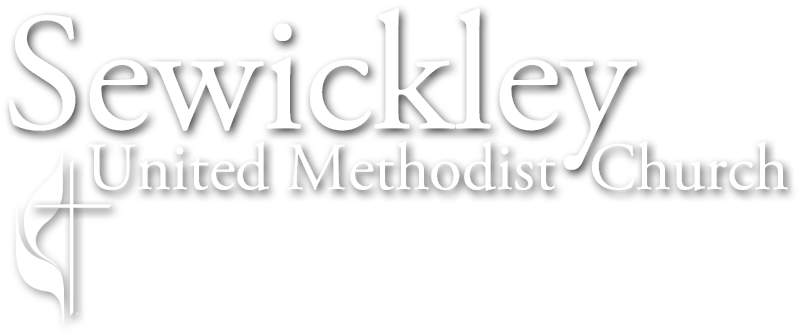Some of us are celebrating and know a lot about Pride. Some are celebrating and know a little about Pride. And some of us are not sure what to expect, but we are ready to learn what we can. So, let’s begin with a bit of background.
Pride is a positive stance against discrimination and violence toward lesbian, gay, bisexual, transgender, queer, and gender-fluid people. Pride is also a chance to promote self-affirmation, dignity, equality, and fundamental human rights and to celebrate in a safe environment.
The Pride Parade has its roots in a 1970 march in New York City, which marked the LGBTQ community’s first resistance to police brutality, oppression, and human rights violations that had resulted in the Stonewall riots a year earlier in 1969. Since the 1980’s, this liberation movement has morphed into the Pride movement. Parades, festivities, and celebrations are held to mark improved rights for this marginalized community, supported by allies of all walks of life, as well as lesbian, gay, bisexual, transgender, and queer people.
With this context, we are celebrating Pride by hearing some of our own Pride stories, lighting candles in remembrance, and worshipping God for God’s wonderful creativity and creation.

